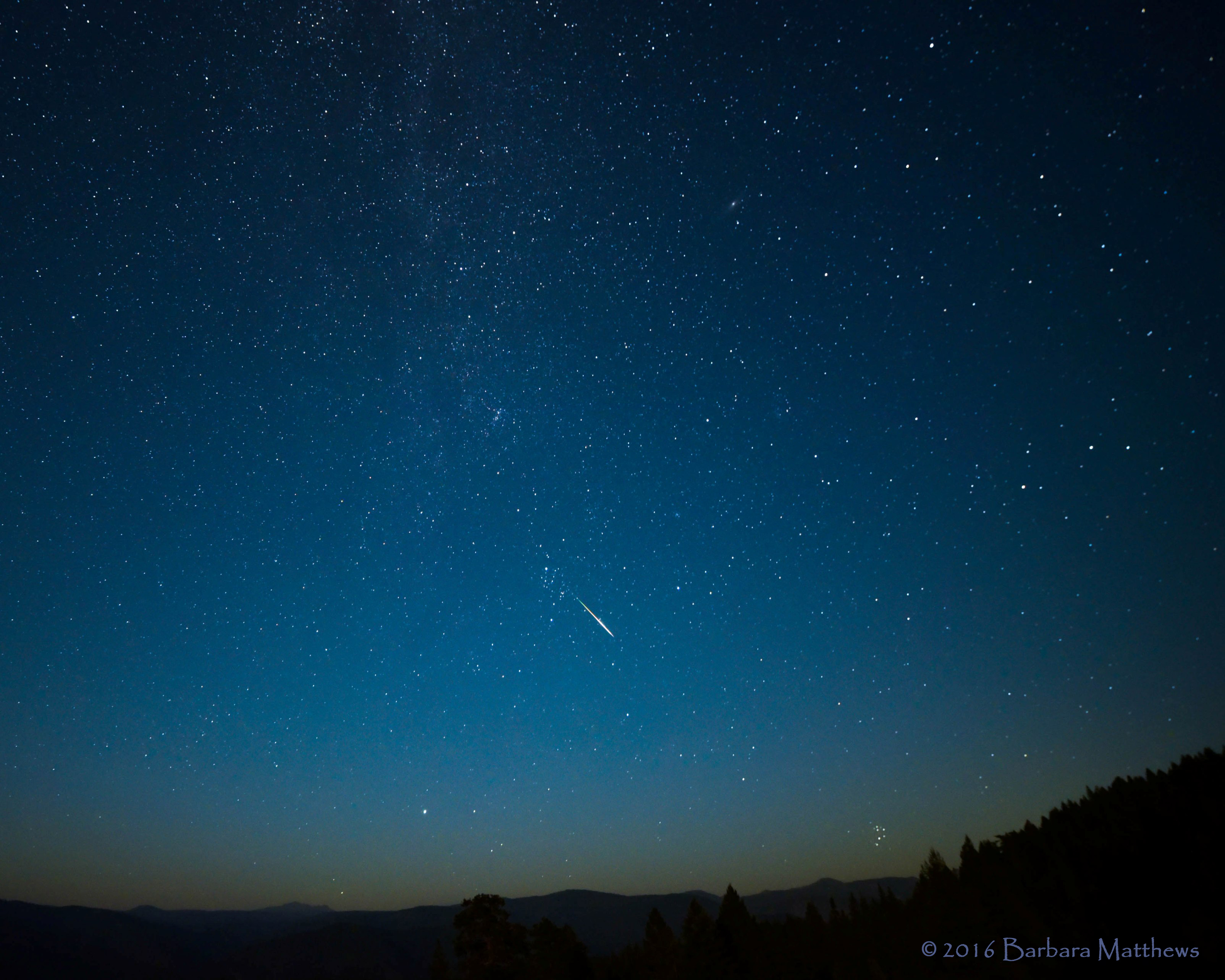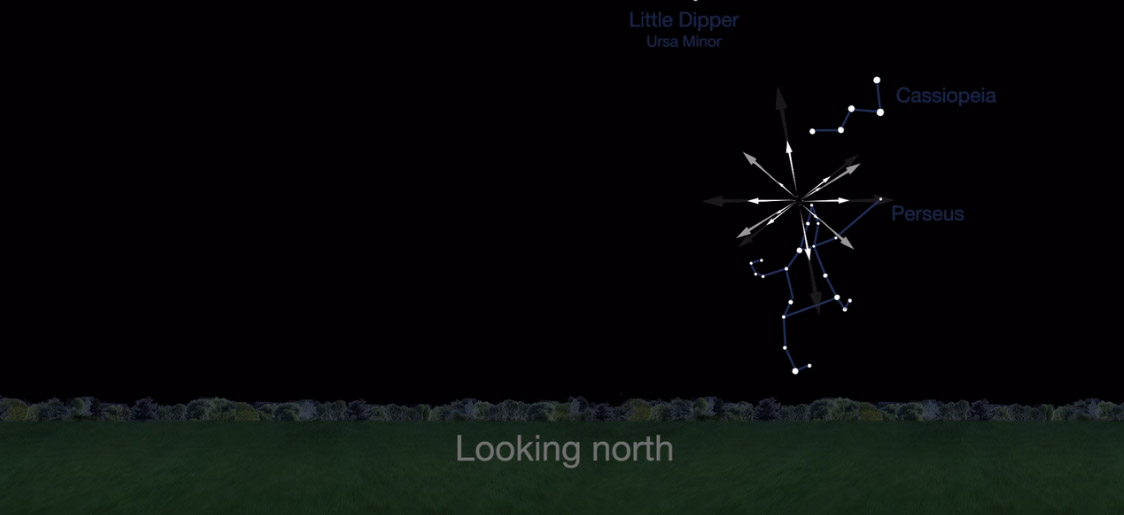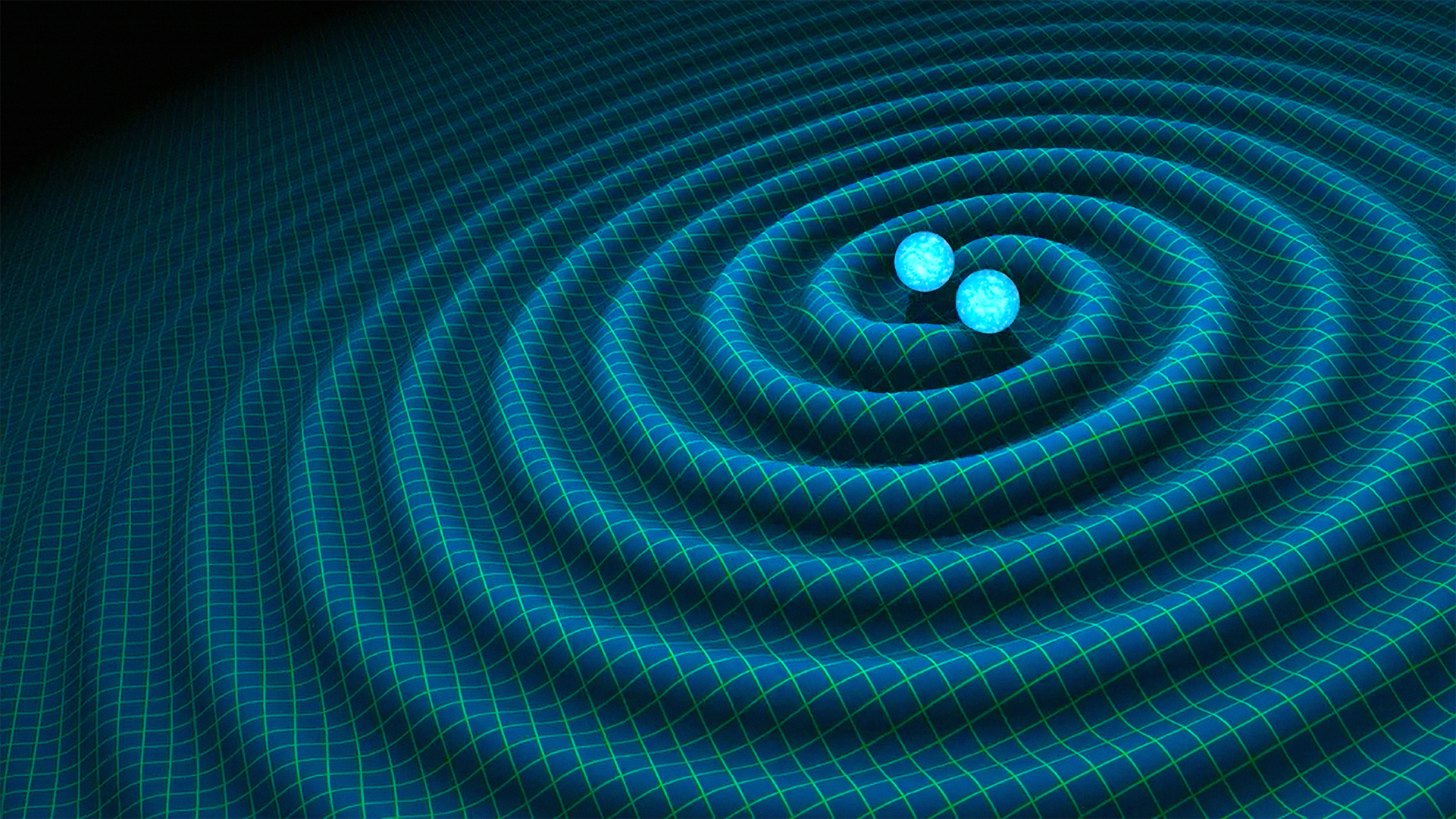Watch the 2017 Perseid Meteor Shower Peak in Slooh Webcast Tonight!
If clouds spoil your view of the famous Perseid meteor shower this weekend, don't fret — you can still watch the sky show online.
The astronomy broadcasting service Slooh will air a live Perseids show Saturday (Aug. 12) at 8 p.m. EDT (0000 GMT on Aug. 13). You can watch it directly on Slooh's website, or here on Space.com, courtesy of Slooh.
"In addition to Slooh's livestreams, the event will give viewers everything they need to watch and enjoy the shower, including information on the best ways to watch, where to look and what they should bring along with them on their meteor shower journey," Slooh representatives wrote in a statement. [Perseid Meteor Shower 2017: When, Where & How to See It]

The online Virtual Telescope Project will broadcast its own Perseids event Saturday as well, beginning at 4 p.m. EDT (2000 GMT). You can check it out here.
The Perseid shower, which results when Earth plows through a stream of debris shed by Comet Swift-Tuttle, runs from mid-July through mid-August every year. It's one of the most prolific annual showers, with peak meteor rates of about 90 per hour during most years (for viewers with very dark skies).

But don't expect such a good show during this year's peak, which takes place this weekend (overnight Friday and Saturday, Aug. 11/12 and Aug. 12/13). The moon was full just a few days ago, on Aug. 7, and will still be bright enough to drown out many Perseids. Observers under dark skies can expect to see 40 to 50 meteors per hour during this year's peak, according to Space.com skywatching columnist Joe Rao.
Editor's note: If you snap an awesome photo of Perseid meteors that you'd like to share with Space.com and our news partners for a potential story or gallery, send images and comments to spacephotos@space.com.
Get the Space.com Newsletter
Breaking space news, the latest updates on rocket launches, skywatching events and more!
Follow Mike Wall on Twitter @michaeldwall and Google+. Follow us @Spacedotcom, Facebook or Google+. Originally published on Space.com.
Join our Space Forums to keep talking space on the latest missions, night sky and more! And if you have a news tip, correction or comment, let us know at: community@space.com.

Michael Wall is a Senior Space Writer with Space.com and joined the team in 2010. He primarily covers exoplanets, spaceflight and military space, but has been known to dabble in the space art beat. His book about the search for alien life, "Out There," was published on Nov. 13, 2018. Before becoming a science writer, Michael worked as a herpetologist and wildlife biologist. He has a Ph.D. in evolutionary biology from the University of Sydney, Australia, a bachelor's degree from the University of Arizona, and a graduate certificate in science writing from the University of California, Santa Cruz. To find out what his latest project is, you can follow Michael on Twitter.
